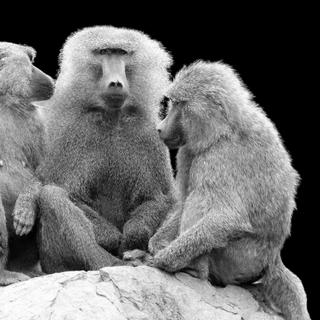New research has warned that a significant chunk of the Amazon could be on the verge of switching from a dense, closed-canopy rainforest, to an open savannah with fewer trees — all thanks to climate change.
Published in Nature Communications this week, the study was led by the Stockholm Resilience Centre, a non-profit, independent research institute specialising in sustainable development and environmental issues, and based its findings on computer models and data analysis. “In around 40% of the Amazon, the rainfall is now at a level where the forest could exist in either state — rainforest or savannah, according to our findings,” Arie Staal, lead author of the study, told The Independent. This is primarily due to the parts of the rainforest receiving much less rain than it used to as the Earth’s climate changes.
Rainforests are highly sensitive to changes in rainfall as well as moisture levels, and while the shift from rainforest to savannah would still take decades, once it’s underway, the process would be hard to reverse. “Once rainforest has crossed the threshold and converted to an open savannah-type mix of wood and grassland, it is unlikely to revert naturally to its former state,” Stall said.
Related on The Swaddle:
Climate Change Is Turning Antarctica’s Snow Green
This year, the Amazon rainforest in Brazil suffered its worst fires in a decade, with a 61% rise in fire hotspots compared to 2019. And the more forest fires, the greater the amount of deforestation and droughts, which are bringing rainforests closer to grassland. This sets a vicious cycle in motion: the potential transformation of the rainforests into grasslands can also make the forest fires worse. “As forests grow and spread across a region this affects rainfall — forests create their own rain because leaves give off water vapor and this falls as rain further downwind… As forests shrink, we get less rainfall downwind and this causes drying leading to more fire and forest loss: a vicious cycle,” speaking to Science Daily, Staal explained.
Amid the already ongoing climate crisis, this doesn’t bode well since rainforests support a greater range of species than grasslands: more than 3 million species, representing about 10% of the planet’s biodiversity, including endemic and endangered flora and fauna. Further, not only do rainforests act as carbon sinks, absorbing large amounts of carbon dioxide from the atmosphere, they also produce roughly 6% of the world’s oxygen.
“We understand now that rainforests on all continents are very sensitive to global change and can rapidly lose their ability to adapt… Once gone, their recovery will take many decades to return to their original state. And given that rainforests host the majority of all global species, all this will be forever lost,” Ingo Fetzer, co-author of the study, noted.
Related:




